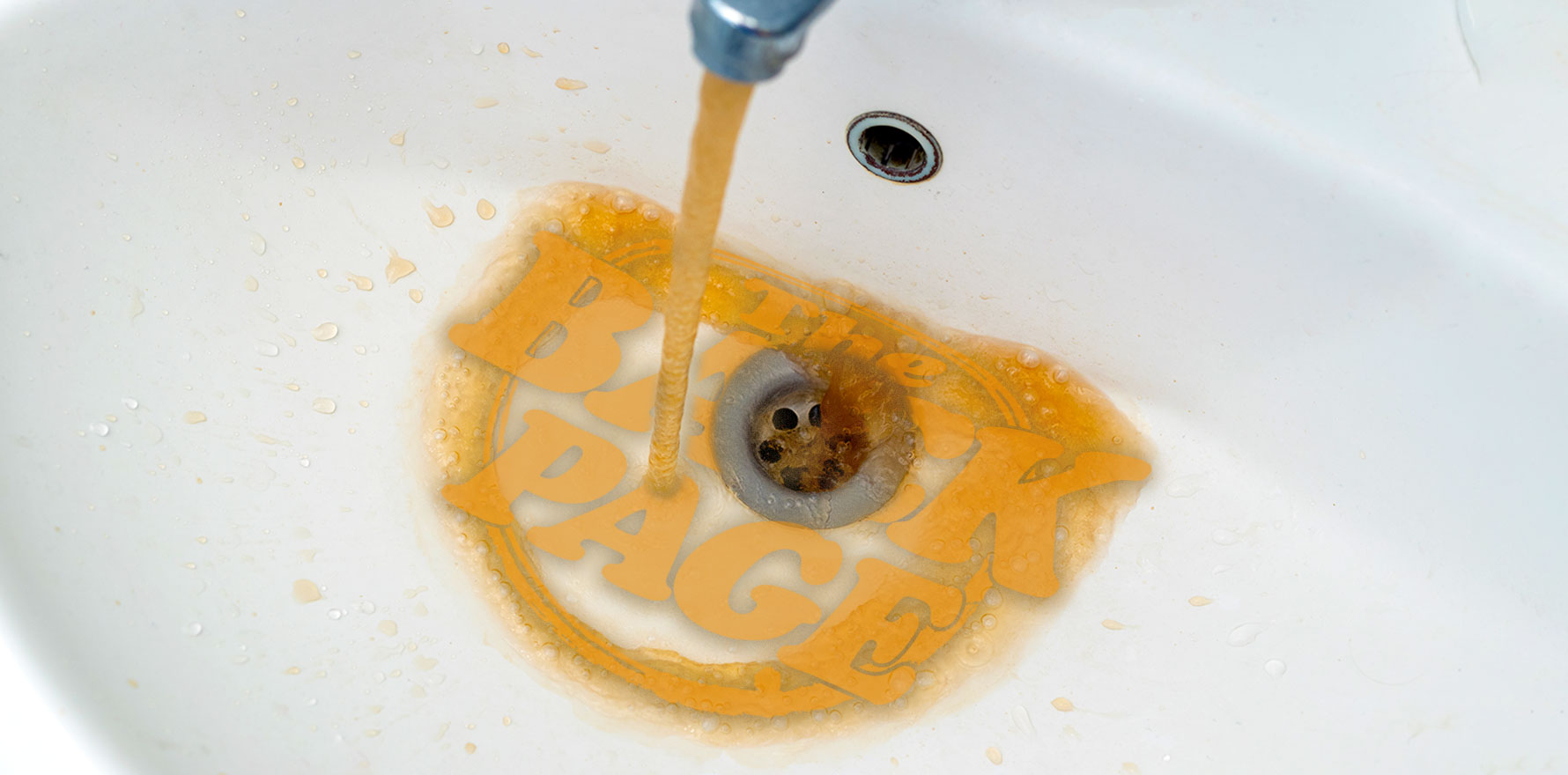A 40-year-old chemical mystery has finally been solved.
Your Back Page scribbler is not a fan of conspiracy theories.
If decades in the journalism profession have taught us one thing, it’s that when things go pear-shaped and it’s a choice between conspiracy and cock-up, you won’t lose money betting on the latter.
Having said that, we have to concede the conspiracy theories are much more fun. Especially ones about governments trying to control the populace by putting things in the drinking water, such as fluoride.
The irony is sharp since most responsible governments are far more focused on taking stuff out of the water in a bid to make it safer to drink.
But even that process has its drawbacks, as this study published last week in the journal Science outlines.
After more than 40 years of research, boffins have finally identified a phantom chemical found in drinking water across the US (and in Australia, we hasten to add) which is produced as a byproduct of the disinfectant chloramine, which is commonly used in water treatment processing.
The mystery chemical is called chloronitramide anion, a previously unknown compound composed of one chlorine atom, two nitrogen atoms, and two oxygen atoms.
As such, the chemical does bear similarities to other waterborne chemicals that are regulated for being toxic, but as yet scientists don’t know if chloronitramide anion is harmful for humans, and understandably they are urging more research into the compound.
Sounds a bit scary, right? Not necessarily, according to our boffins.
“I agree that a toxicological investigation of this anion would be useful now that we know its identity, but I am not overly worried about my tap water,” Oliver Jones, a professor of chemistry at RMIT University in Melbourne, who was not involved in the study, said in a statement.
“The question is not: is something toxic or not? Because everything is toxic at the right amount, even water. The question is whether the substance is toxic at the amount we are exposed to,” he said. “I think here the answer is probably not.”
We imagine, however, this quite reasonable view is unlikely to appease the tinfoil-hatters and doom-mongers out there.
Regardless, your correspondent would rather take his chances with a pint of the treated stuff than swill down a glass of H2O sourced a kilometre or so downstream from the decomposing carcass of a stray dog.
Send raw, unfiltered story tips to penny@medicalrepublic.com.au.


